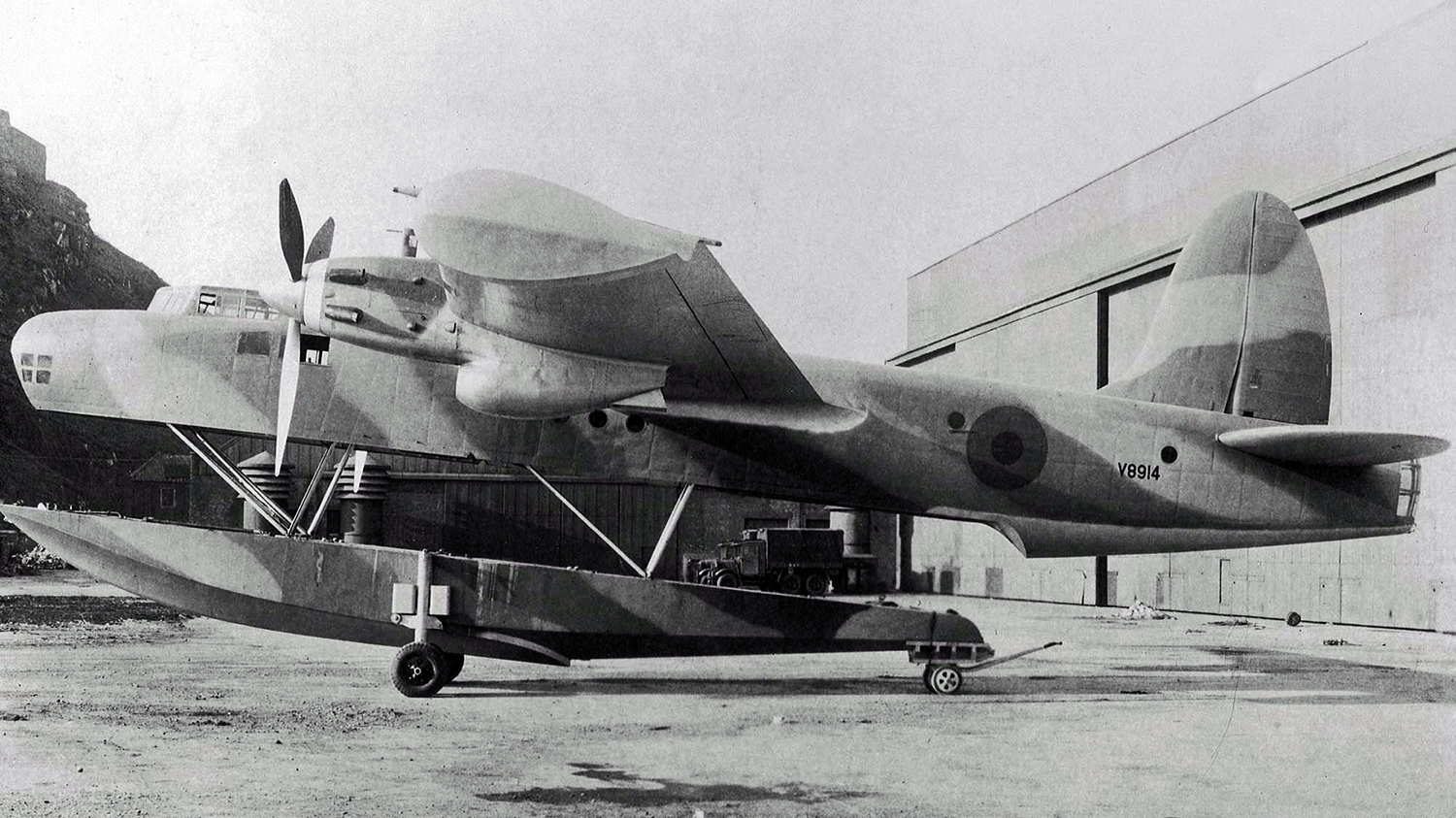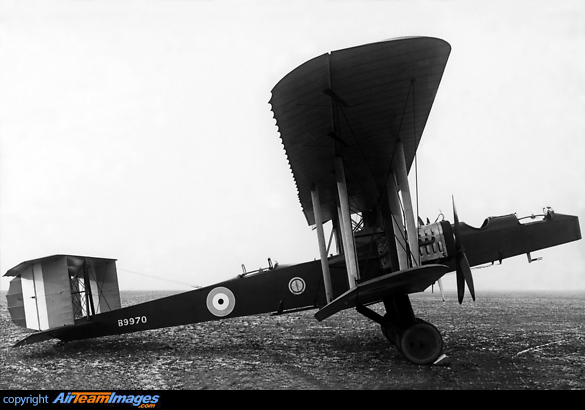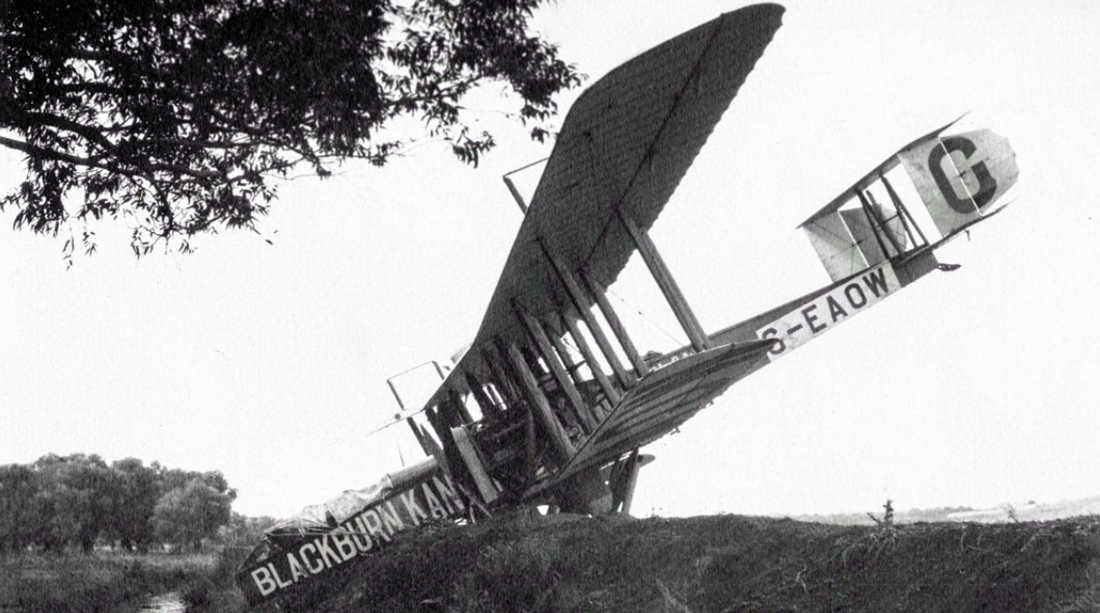Crash of a Blackburn B-26 Botha I in Glasgow: 2 killed
Date & Time:
Jun 12, 1940
Registration:
L6390
Survivors:
No
Schedule:
Glasgow - Glasgow
Crew on board:
2
Crew fatalities:
Pax on board:
0
Pax fatalities:
Other fatalities:
Total fatalities:
2
Circumstances:
The crew was completing a test flight out from Glasgow-Renfrew Airport. The accident occurred in unknown circumstances near the airfield, causing the death of both crew members.
Crew:
P/O Cecil T. Locke,
AC2 Frank R. Haines.
Crew:
P/O Cecil T. Locke,
AC2 Frank R. Haines.




